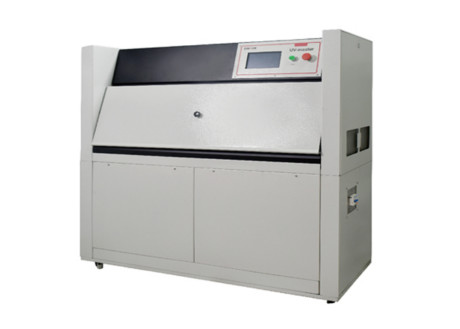UV aging test chamber industry has many manufacturers and each manufacturer's chamber shape is very similar, but the quality of the equipment is still different, but each manufacturer will say that their equipment is the best in the industry, but there is no actual basis, and the quality of the UV aging test chamber is good only after the user has used this equipment Only after the user has used this equipment has the right to comment.

If you want to know the quality of UV aging test chamber is good, the main thing is to look at the control system selected, after all, the control system is equivalent to the brain of the equipment, which controls the operation of each system, but a good control system will be able to adjust the working condition of each part to the best so as to reduce the wear and tear between them and effectively improve the service life of the equipment. Now many manufacturers are using the most advanced control system technology in Germany, but coupled with the high sheet metal technology and well-known manufacturers of spare parts to ensure that the service life of UV aging test chamber in about 20 years, and in the process of using the number of failures almost no, can be said to be a veritable test equipment of high quality.
评论
发表评论